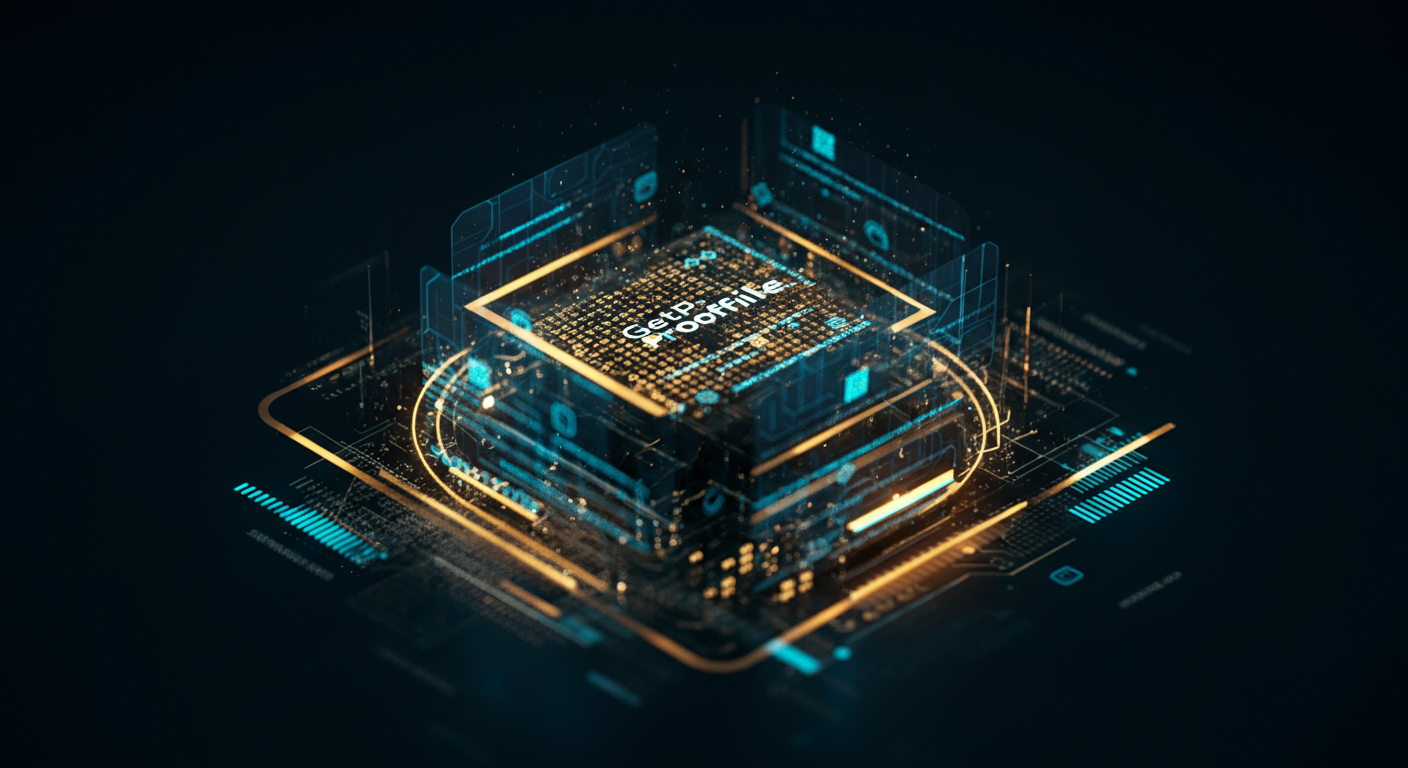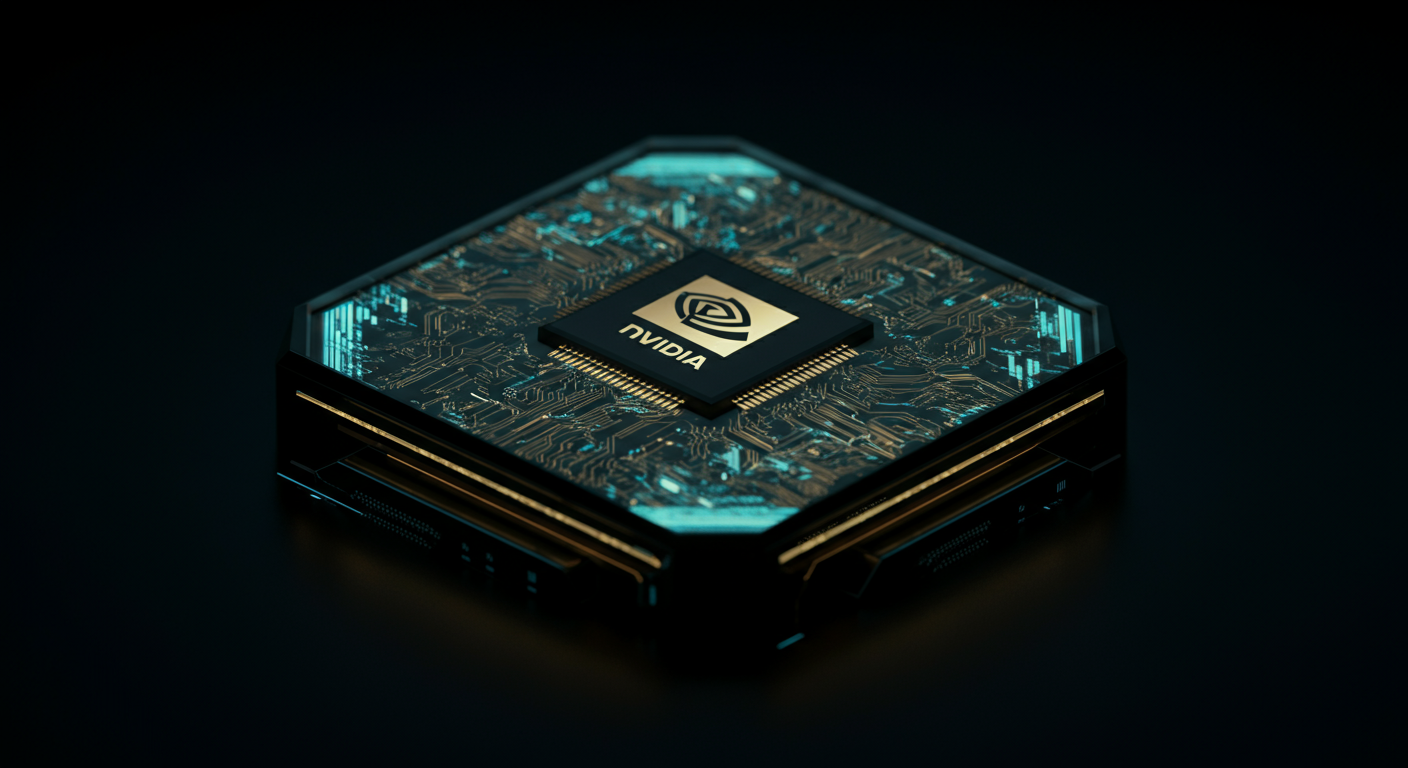Beyond the Hype: A Critical Look at AI's Future and Huang's Perspective

Here's how we will critically examine AI's trajectory and AI Leadership, focusing on the pronouncements of those who wield significant influence.
Introduction: Why Critical Analysis of AI Leadership Matters
Jensen Huang, CEO of NVIDIA, is undeniably a pivotal figure shaping the AI landscape. He is well known for his insights and predictions, influencing investment, research, and development in AI. However, even visionary leadership requires critical evaluation.
The Importance of Scrutiny
Challenging narratives, even from respected figures, fosters a more robust and well-rounded understanding of AI's potential and pitfalls.
- We must critically evaluate the narratives shaping the future of AI.
- This article aims to analyze specific claims made by Huang, offering alternative perspectives or counterarguments.
- For example, let's consider conversational AI. Is ChatGPT really the be-all and end-all for all use cases?
Risks of Unchallenged Narratives
Unquestioned acceptance of any single viewpoint, even from an AI Leadership position, can lead to:
- Echo chambers: Limiting innovation by stifling dissenting opinions.
- Unforeseen consequences: Neglecting potential risks or ethical considerations.
- Missed opportunities: Overlooking alternative paths and solutions.
Jensen Huang's vision paints a compelling picture of an AI-dominated future, predicting transformative advancements and societal shifts.
Huang's Vision: A Summary of Key Predictions and Claims

Huang, the CEO of NVIDIA, consistently voices strong beliefs about AI's future. His core claims can be categorized as follows:
- Technological Advancements:
- Faster than expected AGI timeline. He suggests we are closer than many think to achieving Artificial General Intelligence, though he refrains from giving specific timelines.
- AI will write software. In various keynotes, Huang envisions AI automating large parts of software development, decreasing the need for human programming skills.
- Economic Impact:
- AI will revolutionize industries. He argues AI will transform industries ranging from healthcare to manufacturing, leading to unprecedented levels of automation and efficiency. For example, in healthcare, agentic AI could unlock personalized patient care, as explored in Unlock Healthcare's Potential: A Comprehensive Guide to Agentic AI Implementation.
- New job creation. While acknowledging potential job displacement, he believes AI will ultimately lead to the creation of new, higher-skilled jobs.
- Societal Changes:
- AI as a co-creator. Huang sees AI not just as a tool, but a partner in creative endeavors, working alongside humans to generate new art, music, and designs. Consider how AI's Double-Edged Sword: Balancing Progress with Peril explores these complex shifts.
These predictions are often delivered in keynotes and interviews, demonstrating Nvidia's commitment to driving and shaping the AI revolution. However, some critics caution against the overhyped promises of AI, urging for a balanced perspective on its capabilities and limitations.
In conclusion, Huang's vision is optimistic, envisioning AI as a catalyst for technological progress, economic growth, and societal transformation, but it needs to be tempered with pragmatic understanding and thoughtful consideration. This necessitates a deeper dive into the practical implications of AI for Everyone: Practical Ways Artificial Intelligence Can Improve Your Life.
Even in the dazzling landscape of AI innovation, it's crucial to maintain a critical perspective, questioning claims that might be riding the wave of inflated expectations.
Deconstructing the Hype: Identifying Potential Overestimations
It’s easy to get swept up in the enthusiasm surrounding AI, but let's pump the brakes for a moment and evaluate some potentially overblown forecasts. While Jensen Huang of NVIDIA is a visionary, it’s healthy to challenge even the most optimistic predictions.
- Unrealistic Timelines: Some timelines for achieving AGI may be overly ambitious, given current technological limitations.
- Overstated Capabilities: Current AI excels in specific tasks but may fall short in areas requiring common sense, creativity, or adaptability to truly novel situations.
- Ignoring Ethical Concerns: Rapid development sometimes overshadows crucial ethical considerations, like bias, job displacement, and misuse potential highlighted in AI's Double-Edged Sword: Balancing Progress with Peril.
Limitations of Current AI Technology
Several limitations could impede the realization of AI's loftiest promises:
- Data Dependency: Most AI models are heavily reliant on vast datasets, which can introduce biases or limit their applicability to new domains.
- Lack of Explainability: Many advanced AI systems, especially deep learning models, operate as "black boxes," making it difficult to understand their decision-making processes.
- Computational Costs: Training and running complex AI models require significant computational resources, raising concerns about energy consumption and accessibility.
Alternative Perspectives and Corporate Incentives
It's important to consider viewpoints that differ from the dominant narrative:
- Diverse Expert Opinions: Not all AI experts are equally bullish. Some emphasize the need for caution, highlighting potential risks and ethical dilemmas.
- Corporate Bias: Corporate pronouncements may be influenced by marketing incentives or the desire to attract investment, potentially leading to overhyped claims. Remember to use resources such as Guide to Finding the Best AI Tool Directory to navigate these claims.
Even with groundbreaking advancements, AI's trajectory isn't without potential pitfalls.
Ethical Lapses in the Algorithm
While Huang envisions a future supercharged by AI, the ethical implications warrant deeper consideration. We must address:
- Bias: AI models learn from data, and if that data reflects existing societal biases, the AI will perpetuate – or even amplify – those biases. For example, if a facial recognition system is trained primarily on images of one ethnic group, it will be less accurate for others. AI Bias is a real, and present danger.
- Misuse: AI can be weaponized, used for mass surveillance, or to create sophisticated misinformation campaigns. Imagine AI-generated fake news so convincing it sways elections.
Societal and Economic Roadblocks
Widespread AI adoption isn’t just about technological readiness; it's about societal buy-in.
- Skills Gap: As AI becomes more prevalent, the demand for workers with AI-related skills will skyrocket. Addressing the AI talent wars is a major concern.
- Digital Divide: Unequal access to technology and internet connectivity could exacerbate existing inequalities. What about communities lacking the basic infrastructure to participate in the AI revolution?
- Regulation: The legal landscape surrounding AI is still evolving. Without clear guidelines and regulations, businesses may hesitate to invest in AI due to uncertainty and potential liability.
Scaling Challenges and Unintended Consequences

Even if AI is technologically feasible and ethically sound, infrastructural and resource constraints might limit its scalability. AI Observability is key to spotting those limitations.
- Energy Consumption: Training large AI models requires vast amounts of energy, potentially straining power grids and contributing to climate change.
- Data Availability: AI models need data, and lots of it. Access to high-quality, relevant data can be a limiting factor, especially for niche applications.
- Unintended Consequences: AI systems are complex, and their behavior can be difficult to predict. We need robust risk assessment frameworks to identify and mitigate potential unintended consequences.
Here's a look at what might lie ahead for AI, acknowledging viewpoints beyond the prevalent narratives.
A Balanced Perspective: Alternative Scenarios for the Future of AI
While some predict rapid, exponential growth in AI capabilities, it's crucial to consider alternative possibilities. The future, as always, is uncertain.
Slower Progress: The Plateau of Innovation
What if AI development slows down? We might face unforeseen technical challenges that limit progress, or perhaps the low-hanging fruit has already been picked. Resource constraints, like access to data or computing power, could also hinder advancement.
A "slow AI" future doesn't mean stagnation; it simply implies a more measured pace, allowing for careful consideration of ethical and societal implications.
Unexpected Breakthroughs: The Quantum Leap
- Disruptive Innovation: New algorithms or architectures could emerge, leading to rapid advancements in specific AI domains.
- Quantum Computing: The advent of practical quantum computers could unlock new levels of AI processing power.
- Neuroscience Inspiration: A deeper understanding of the human brain might inspire novel AI designs, bypassing current limitations. For instance, further research could allow for the development of AI systems that can mimic human thought processes even better than large language models already do.
Unanticipated Directions: The Evolving Landscape
AI might not follow the path we currently envision. Its development could be shaped by factors we haven't fully grasped yet. Consider these possibilities:
- Focus on Specific Applications: Instead of general AI, we might see a proliferation of highly specialized AI systems. Think AI fine-tuned for marketing automation or design AI tools.
- Emphasis on Explainability: Growing concerns about bias and transparency could drive a focus on developing explainable AI (XAI) that's easier to understand.
- Ethical Constraints: Societal values and regulations could significantly influence the direction of AI development.
Shaping the future of AI demands more than just technological advancements; it necessitates robust critical discourse.
Why Open Dialogue Matters
Open dialogue and critical analysis are essential to shape the future of AI. It’s easy to get caught up in the hype surrounding AI, but we need diverse perspectives to ensure responsible development.- Diverse viewpoints: A variety of voices, including ethicists, sociologists, and the general public, should weigh in.
- Challenging norms: We must be willing to question conventional wisdom, even if it comes from industry leaders.
Prioritizing Ethics and Society
Responsible AI development requires prioritizing ethical considerations and societal well-being. It's not just about what we can do, but what we should do.AI’s potential to reshape society is immense, but this potential must be guided by ethical principles.
Transparency and Accountability
For AI to truly benefit everyone, transparency and accountability are critical.- Transparency: We need clear explanations of how AI systems work and how they make decisions. For example, consider using explainable AI (XAI) techniques to make AI decision-making more understandable.
- Accountability: The AI industry needs to be held accountable for the impacts of its technologies.
Conclusion: Navigating the AI Revolution with Open Eyes
As we stand on the cusp of the AI Revolution, it's crucial to approach the potential of artificial intelligence with both enthusiasm and a healthy dose of skepticism. Like any powerful technology, AI presents immense opportunities alongside potential pitfalls, demanding a balanced perspective.
The Importance of Critical Thinking
“The important thing is not to stop questioning.” - This applies to AI more than ever.
We must cultivate critical thinking to avoid blindly accepting utopian visions or succumbing to dystopian fears. It's about understanding the nuances and complexities, not just the headlines.
Counterarguments and Alternative Scenarios
The perspectives we’ve explored offer crucial counterpoints:- Overestimation of near-term capabilities
- Unforeseen societal impacts
- The crucial role of human oversight
A Call to Informed Discussion
Let’s not leave the future of AI to chance. Instead, let’s commit to:- Engaging in informed discussion about AI's ethical and societal implications.
- Staying updated on the latest research and developments.
- Supporting initiatives that promote responsible AI development and deployment.
Keywords
Artificial Intelligence, Jensen Huang, Nvidia, AI Predictions, AGI, AI Ethics, AI Bias, AI Future, Responsible AI, AI Skepticism, AI Overestimation, Alternative AI Futures, Critical AI Analysis, AI Limitations, Technological Singularity
Hashtags
#AI #ArtificialIntelligence #DeepLearning #MachineLearning #EthicsInAI
Recommended AI tools
ChatGPT
Conversational AI
AI research, productivity, and conversation—smarter thinking, deeper insights.
Sora
Video Generation
Create stunning, realistic videos and audio from text, images, or video—remix and collaborate with Sora, OpenAI’s advanced generative video app.
Google Gemini
Conversational AI
Your everyday Google AI assistant for creativity, research, and productivity
Perplexity
Search & Discovery
Clear answers from reliable sources, powered by AI.
DeepSeek
Conversational AI
Efficient open-weight AI models for advanced reasoning and research
Freepik AI Image Generator
Image Generation
Generate on-brand AI images from text, sketches, or photos—fast, realistic, and ready for commercial use.
About the Author

Written by
Dr. William Bobos
Dr. William Bobos (known as 'Dr. Bob') is a long-time AI expert focused on practical evaluations of AI tools and frameworks. He frequently tests new releases, reads academic papers, and tracks industry news to translate breakthroughs into real-world use. At Best AI Tools, he curates clear, actionable insights for builders, researchers, and decision-makers.
More from Dr.

